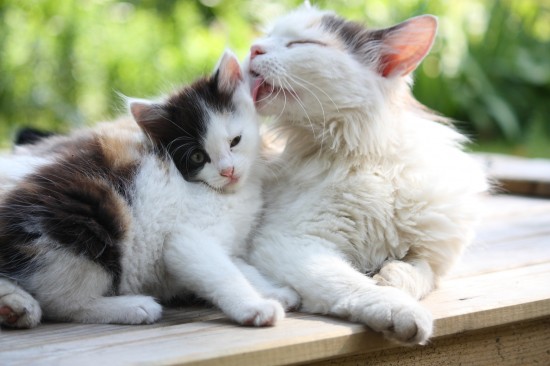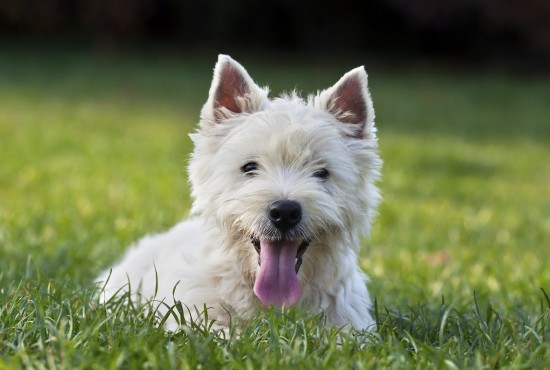Having a classroom pet fosters skills like responsibility, nurturing and teamwork. Children develop a sense of respect for living creatures and a connection to the natural world. But, a classroom pet also provides countless ways to enhance curriculum in creative ways. Teachers have told Pets in the Classroom that they are amazed at how their students" interactions with their classroom pet inspire learning and creativity across numerous disciplines. With a little brainstorming and student input, teachers can transform their students" enthusiasm for the classroom pet into enthusiasm for science, language arts, math and fine arts.
Science is probably the first subject that comes to mind when thinking of integrating your classroom pet into the curriculum. Students can use the basic principles of science to observe, measure and record information about the classroom pet. Students can measure the pet"s size and weight, track growth, and record behavior patterns. Learning units of measurement can be fun when the class guinea pig is measured in centimeters and inches, and weight converted from pounds to ounces. Research your pet"s natural habitat, adaptation and diet, as well as how your pet grows and develops. What features are unique to reptiles, amphibians or fish? How does a baby bird develop in the egg and what happens after it hatches? The possibilities are endless.
Taking your students on a trip to the library is a great way to spark an interest in reading. You"ll find a wide variety of books - fiction and non-fiction- based on your classroom pet for students to take home and share with their family. They"ll get an early start on doing research and have fun finding new stories of animals just like theirs. If you haven"t selected your classroom pet yet, researching the various possibilities makes a wonderful classroom project that all of the students can contribute to. A classroom pet research project incorporates several different valuable learning skills, such as working within a group, researching, analysis of data and coming to a conclusion, as well as writing and creative skills. Students can also enhance their presentation skills by presenting their project to the classroom.
Teachers find that students love to write about their new "friend", the classroom pet. Harness your students" fascination with your pet by having them write their own stories about the pet. Have them tell how they"d spend a day out with their new friend, or write daily journal entries about its life in the classroom. Stories about your classroom pet can be compiled into a special book to be shared with family and other classrooms. Weekly vocabulary lists can include words that pertain to your pet.
Creativity can blossom through art as well. Students love to express their feelings for classroom pets through art. Try having them create an image with markers or crayons and another with paint. Experimenting with different materials is a great way to get your students familiar with art. Another great creative project is to have your students create collages of pictures and facts about their animal. This is a great way for them to express themselves while having fun incorporating information about their new friend.
These are just a few of the ways a classroom pet can enhance the curriculum and inspire learning through a child"s special bond with an animal.

 Your Cat’s Age In Human Years
Your Cat’s Age In
Your Cat’s Age In Human Years
Your Cat’s Age In
 How To Tell If Your Dog Is Happy
How To Tell If Yo
How To Tell If Your Dog Is Happy
How To Tell If Yo
 How fun is Toronto dog daycare and why is it important for your dog?
How fun is Toronto dog daycare and why is it important for
How fun is Toronto dog daycare and why is it important for your dog?
How fun is Toronto dog daycare and why is it important for
 The Best Puppy Shampoos
The Best Puppy Sh
The Best Puppy Shampoos
The Best Puppy Sh
 Care And Temperament Of The Whippet
Care And Temperam
Care And Temperament Of The Whippet
Care And Temperam